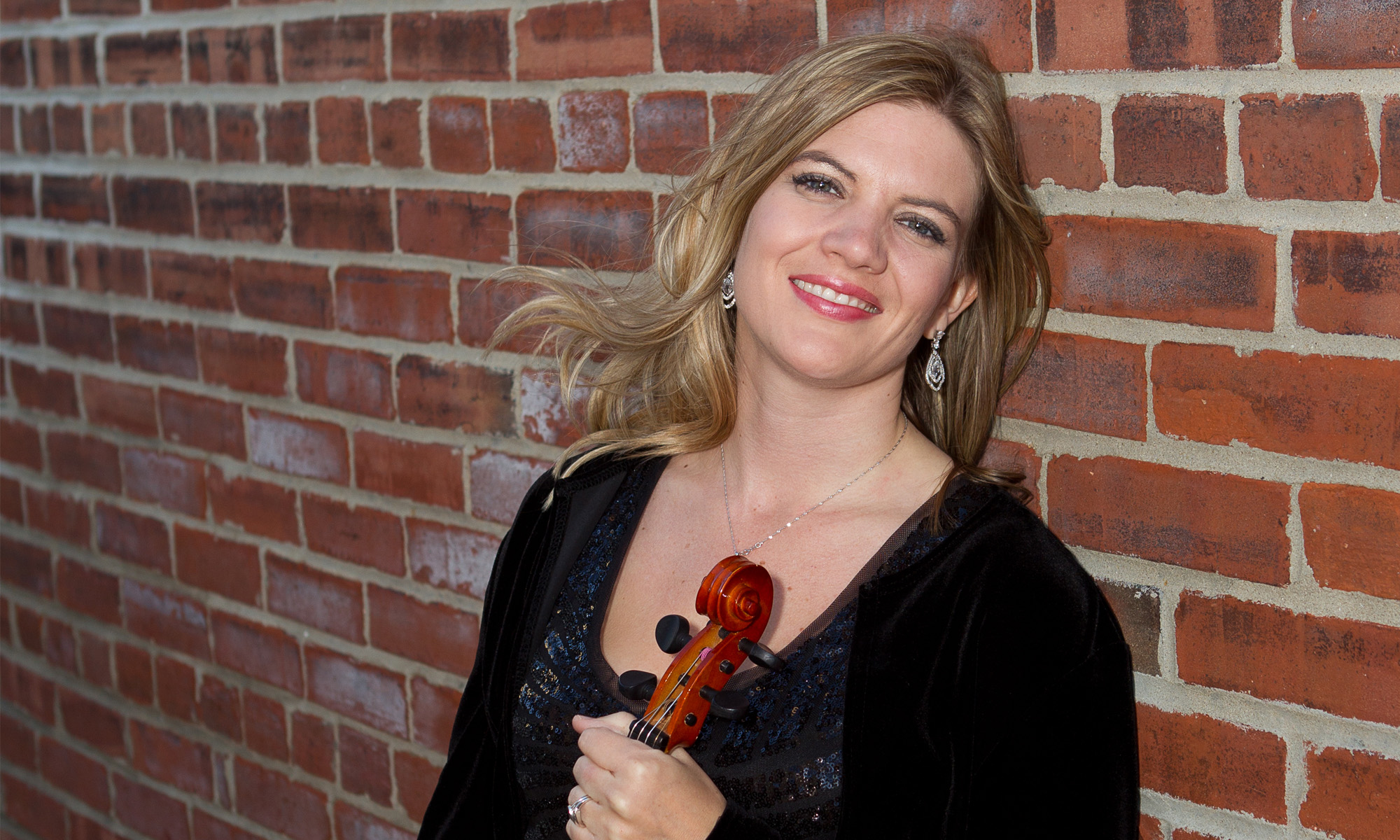
“… I don’t want Amati, a Stainer or a toy. I want a Stradivarius to play with and enjoy. I want a Stradivarius for Christmas. Only a Stradivarius will do. No French Vuillaumes, or Guarneriuses. I only like, Stradivariuses. And Stradivariuses like me too!”
If you know anything about violins, you’re probably aware you can’t go wrong in buying your sweetheart violinist a Stradivarius for Christmas. And she would most certainly be happy with an Amati or Guarneri as well! The primary glitch is they are very expensive!
So who were these famous luthiers (violin-makers), and how did the violin become the prestigious instrument it is today?
The violin emerged onto the music scene at the beginning of the sixteenth century at the peak of the Italian Renaissance. Bertolotti “da Saló” (1542-1609) founded one of the earliest violin-making schools in Brescia, Italy, during the mid-sixteenth century. Around the beginning of the seventeenth-century, Cremona, Italy, took center stage, boasting the most famous luthiers of all time: Amati, Stradivari, and Guarneri.
Niccolo Amati (1596-1684), the grandson and son of luthiers Andrea and Girolamo Amati, improved the family tradition of violin making using more precise mathematical proportions than his predecessors (Cizek, 49-50).
Antonio Stradivari (1644-1737), the most famous luthier of all, most likely studied under Amati, and some of his early violins resembled those of the Amati school. However, during Stradivari’s second period of work he created longer, more slender instruments, which deviated from those of his teacher. His most famous violins emerged during the third period of his career, around the turn of the eighteenth century, and are still performed by twenty-first century virtuosos today! Over the course of his lifetime Stradivari made more than a thousand instruments, including at least five hundred violins (Cizek 61-62)!
Stradivari’s contemporary and fellow Cremona luthier, Bartolomeo Giuseppe Guarneri “del Gesù” (1698-1744) created instruments that rival even the Stradivarius. The Guarneri violins can be even more difficult to procure, as fewer than one hundred of his violins and violas have been preserved. Nineteenth-century virtuoso Paganini played a late Guarneri instrument which Paganini famously referred to as “Il cannone” due to its incredibly powerful sound (Cizek, 63). He would send “Il cannone” to renowned French luthier Jean-Baptiste Vuillaume (1798-1875), to be serviced. Vuillaume’s copies of the Italian masters were so precise that even virtuosos like Paganini couldn’t always differentiate them from the originals (Cizek, 65)!
During the late Classical/early Romantic period the violin underwent many changes in order to meet the needs of the day. In contrast to the more intimate settings of the previous era, violinists were now expected to perform in larger venues where they needed a more powerful sound. Composers were also writing compositions that required musicians to play higher pitches than before. As a result, luthiers tilted and lengthened the fingerboards, even altering the instruments of the previous era, to accommodate the nineteenth-century demands. Louis Spohr designed the chinrest in the early part of the century in order to allow the violinist to hold the instrument with the chin rather than the hand in order to facilitate shifting to the higher positions.

Today, our twenty-first century acoustic violins still largely resemble those of the nineteenth century, and the eighteenth century instruments of the Italian masters are still the most revered worldwide. Although I personally don’t own a Stradivarius, I do enjoy my Italian-made Regazzoni!
Stay tuned (no pun intended)! Next week we will look into the contemporary electric violin!
Works Cited:
Cizek, Bohuslav, adaptation française de Cécile Boiffin. “Chapitre 2: Instruments À Cordes Frottées.” Instruments de Musique. Édition Gründ, 2003.

